This work is part of the People, Policy, and Police, a project that sheds light on how policing influences public safety and community health. We highlight the work of various stakeholders in these cities and the police reform legislation needed to make effective and lasting policy changes.
St. Louis and Baltimore have been the epicenters of the Black Lives Matter movement over the past decade. In August 2014, Michael Brown, an 18-year-old Black man, was shot and killed by police officer Darren Wilson in Ferguson, Missouri—a suburb outside of St. Louis. In April 2015, Freddie Gray, a 25-year-old Black man, died in the hospital after being arrested and injured during transport by Baltimore police officers. Both names became infamous hashtags that people posted on social media as their deaths became a rallying call for the Black Lives Matter movement. Following their deaths, police officers involved were not convicted, but both cities were placed under consent decrees—leading to the Department of Justice having federal oversight and mandating that the cities enact substantial police reforms.
Gilbert and Ray noted how the deaths of Brown and Gray represented Black men killed with impunity by police. Research shows that one in 1,000 Black men can expect to be killed by police. It should also be noted that these disparities persist across social class lines and even when Black men are unarmed and not attacking at the time of their deaths. Research led by Ali Sewell found that police killings also “spill over” to negatively impact the health of individuals living in neighborhoods with more police violence. The sites of police killings trigger certain traumas and collective memories, forcing community members to relive the violence.
In addition to experiencing police violence firsthand or secondhand, there is also a health effect from being inundated with publicized images and videos of police violence. For Black people who view videos of police violence, they report worse mental health conditions. This poses a dilemma, as videos recorded on mobile phones by community members have brought greater attention to police brutality, sparked international protests, and prompted police reform efforts at local and state levels.
We conducted interviews with 20 stakeholders in St. Louis and Baltimore, exploring critical issues such as community health, public safety, police reform, and the enduring impact of protests. Our participants included elected officials, police officers, and community activists, each offering valuable perspectives. In this piece, we focus on how these leaders define community health, uncovering profound insights into how cities navigate the aftermath of police violence and the essential steps needed to rebuild thriving communities. Below, we share key reflections from these interviews.
Leaders in both cities defined community health holistically, as encompassing access to resources, autonomy, and equity across various social institutions.
St. Louis
- “I think a [healthy community] is a community that has the resources that it needs. So, access to public safety, public housing, health care, being able to provide [for their families], transit, so that they can get around, healthy food—all of the things that will allow a community to thrive on its own.”
- “People having easy access to food, easy access to health care, opportunities, insurance, and primary care physicians…Unfortunately, along the lines of race, you do see really big disparities in that. There are access issues in terms of child care, in terms of access to health services. You have low rates of people participating in the health system… And so the community health is poor, I’d say overall.”
- “Community health, to me, is equity. Everybody is able to receive the services that they need, and they are able to have access to whatever services that are needed.”
Baltimore
- “I would define it [community health] as whether people are able to have control over the things around them, like the institutions around them or have some level of influence and a level of self determination and ability to live comfortably.”
- “Probably can define it in a variety of ways…Whether it’s looking at health through the insurance that people are employed, whether it’s looking at community health through just infrastructure. And I mean, if you’re looking at things like grocery stores, I think our community is pretty blessed that it has a variety of grocery stores. And I know that’s been a challenge in a number of communities… Our community, from what I remember the last indicators that I looked at, is a pretty well-educated community.”
- “If one doesn’t know how to deal with the pressures and the general stress of engaging law enforcement, then it can negatively impact their mental health.”
Leaders in both cities note that the relationship between police and community members is not healthy. They discuss police killings and brutality as well as the over policing of Black communities. Participants also note the difficulty in repairing these relationships.
St. Louis
- “It can become a struggle. It can become a struggle, again, psychologically and emotionally to see that your efforts, given the sacrifices that you’ve made to fight against a well-resourced and intentional system, continue to require more work and more work and more work. You never get off the treadmill.”
Baltimore
- “Many people have been harassed, brutalized, and falsely charged because they use the false charge on the individual to intimidate the person from filing a citizen’s complaint against the police.”
Achieving equity in community health and public safety is arduous and requires committed members from the community and public safety agencies to build the social ties and social institutions that can promote humanity, dignity, and a sense of well-being. The treadmill this participant highlights speaks to how stakeholders realize that police reform is a marathon and not a sprint. There are pains along the way that make finishing the race of police reform and racial equity seem unachievable. For the leaders we interviewed in St. Louis and Baltimore, they keep running the race to try and better their communities one policy and one person at a time.
Join our “Examining police reform in Baltimore and St. Louis” webinar on Thursday, December 5, 2024 at 1:00 PM EDT.
The Brookings Institution is committed to quality, independence, and impact.
We are supported by a diverse array of funders. In line with our values and policies, each Brookings publication represents the sole views of its author(s).
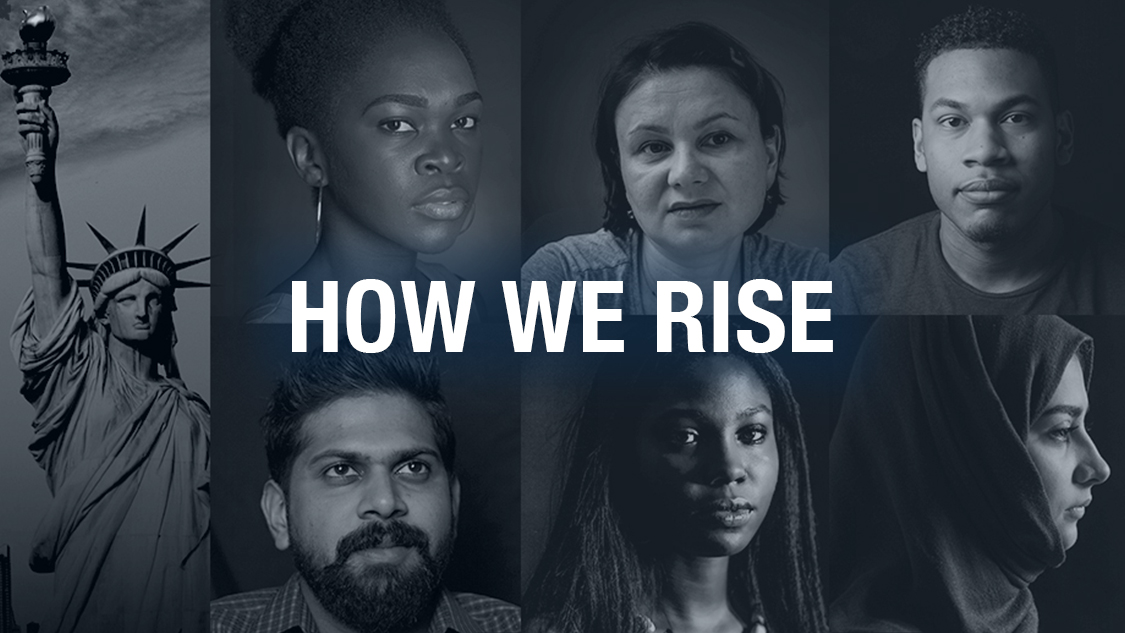
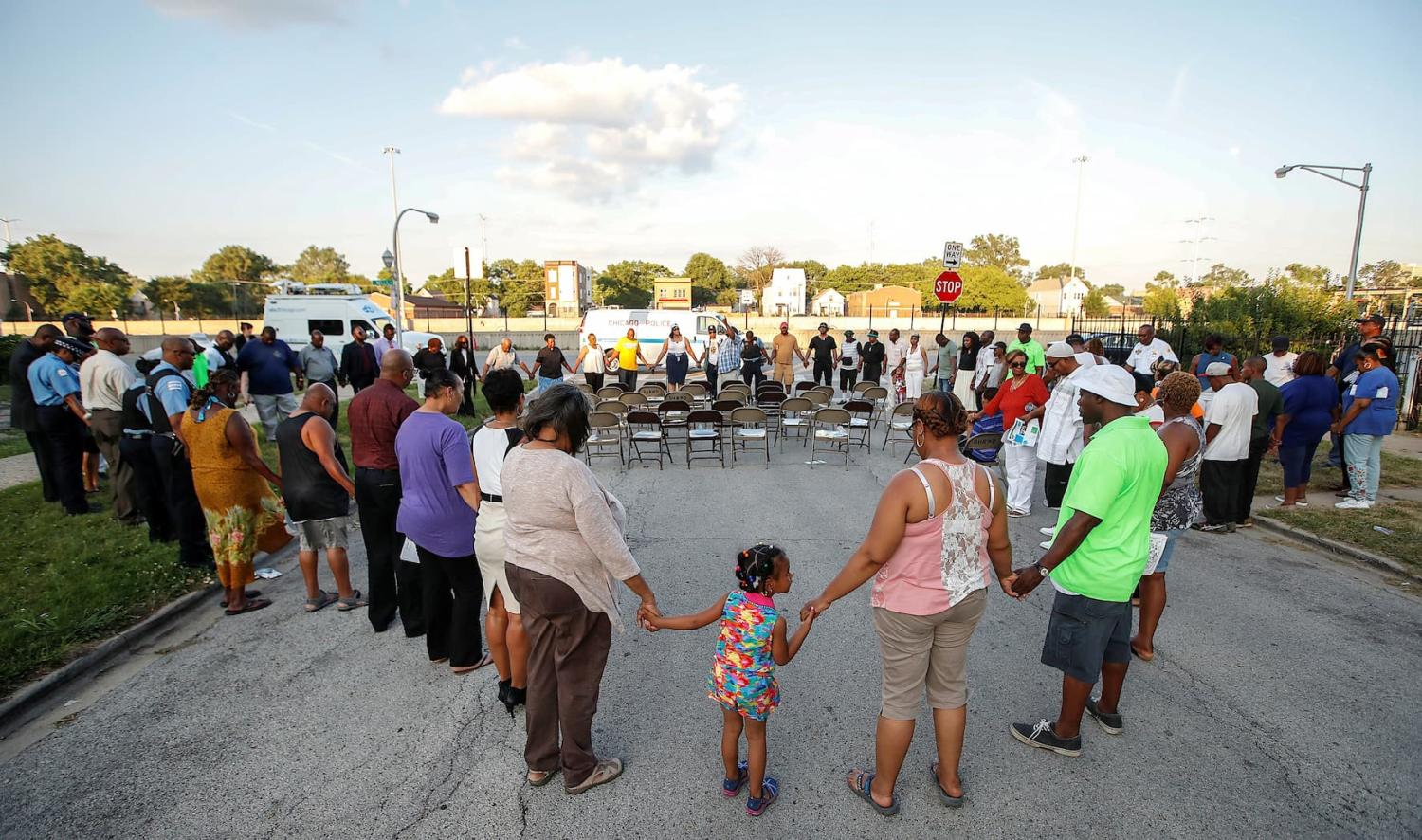
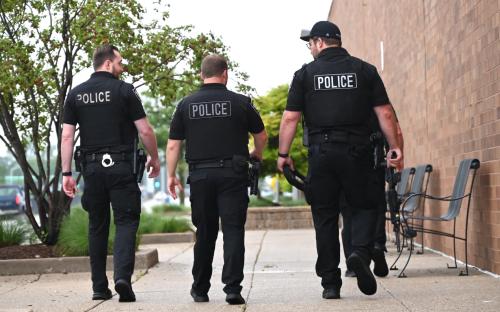
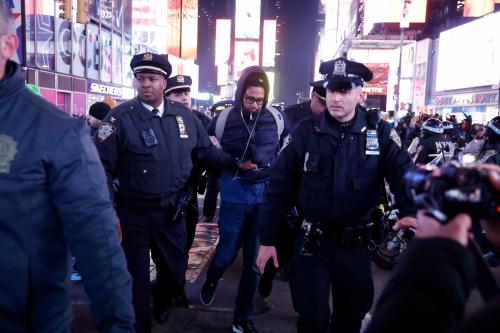
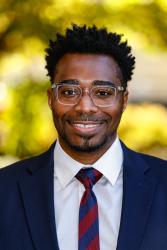

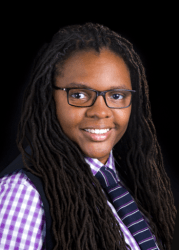

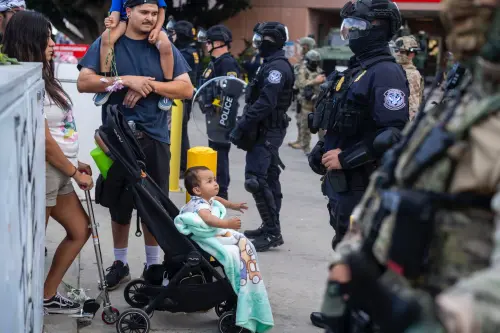
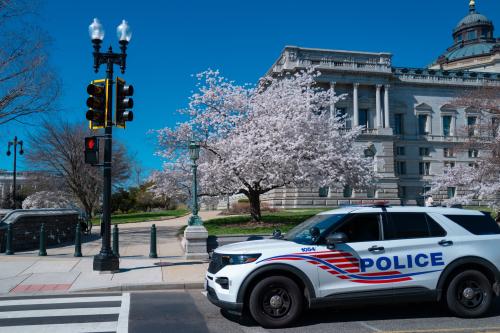
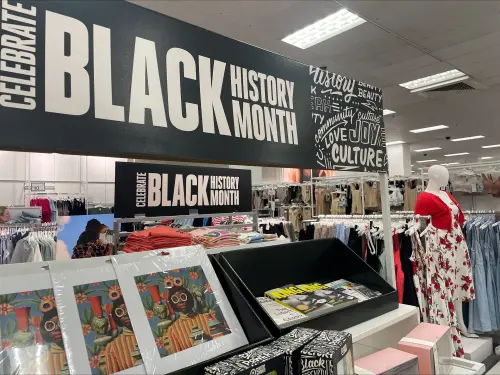
Commentary
How police violence reshapes community health and trust
December 3, 2024